 By:
Justin Time
By:
Justin Time
If you’re wondering why on Earth would it concern a grower whether or not their plant is male or female, I’m here to tell you that it matters, it matters a whole sweet lot.
A little fact everyone should know is, that only female cannabis flowers turn into that dank, sticky, bud we all love. On the other hand, nobody wants male plants, because they are practically useless unless you want seeds. I must also add that a male in your crop amongst females can single-handedly ruin your whole crop of females by pollinating them sort of, kind of like all real-life males tend to do. If a female plant gets pollinated, she will no longer focus her energy on growing flowers, but will instead start to produce seeds. So, as soon as you’ve determined that you’ve got a male plant, yank it out and get rid of it!
What you want is sinsemilla; it’s the cream of the crop, the crème de la crème, the virgin flower. It’s a female flowering cannabis top that has not been fertilized by male pollen. This coveted bud is so precious because they are the most potent part of any strain with an uber dose of THC. Not only that, it’s all smokeable, no seeds!
Only in the pre-flowering stage (about 6 weeks after germination) can you begin to select by gender your plant. A seed is impossible to see its gender, it would be up to your seed supplier to give you females, hence the obsession and the popularity of feminized seeds!
There are a few ways to make an educated guess as to whether your plant is male or female. Note that I said “ educated guess” so it may not be 100% accurate.
If you are growing the same strain at the same time, then you can see how some plants are taller than the rest. Female plants tend to be shorter than their counterparts. Male plants tend to have thicker stalks, less leaves, and random branching. Males also tend to pre-flower before the female plants, and they will be producing new growths before the shorter ones.
Another way to tell is by the calyx, the new growth on a stem that will become a pre-flower. If the calyx is raised on a small stem then it’s most likely a male. If the calyx is not raised on the stem, then it’s female.
This last way to check the gender of your plant in the pre-flowering stage is most likely the most reliable. It’s called force-flowering. It’s done by cutting from the plant you want to see its gender and putting the stem in some water. Put the cutting in 12 hours of light and then 12 hours of complete darkness. It will then flower and reveal to you its gender. Pretty simple, right?
During a week or two in the flowering stage, is when you can be sure of your plant’s gender. Female flowers first start to show near the top of the terminal bud and then eventually begin to grow on lower branches. The flowers will have two small fuzzy white hairs called pistils in the region where a stem is formed from the main stem. This area is called a node region.
If your plant is male it will be obvious during the flowering stage. You will see clusters of grape-like sacs appear in the node region full of pollen. If you don’t catch them in time, the sacs will burst open and pollinate your females. There’s always an early opener that can shed pollen within 24 hours of the pollen developing!
Now that you know the ins and outs of how to see its gender you can be on your way to produce the most chronic sinsemilla without pesky males standing in your way.
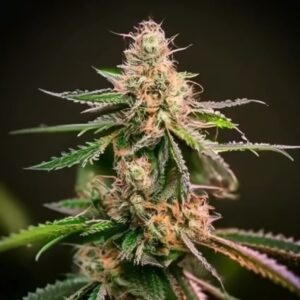


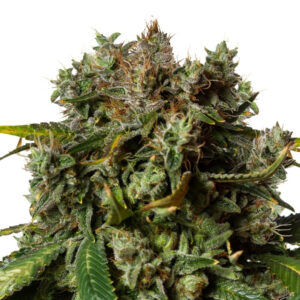

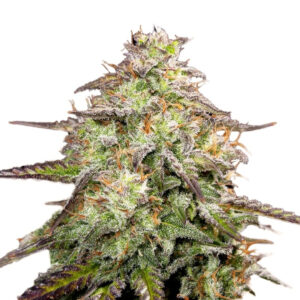
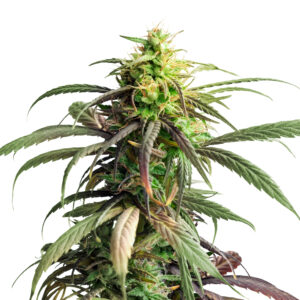






Related Posts
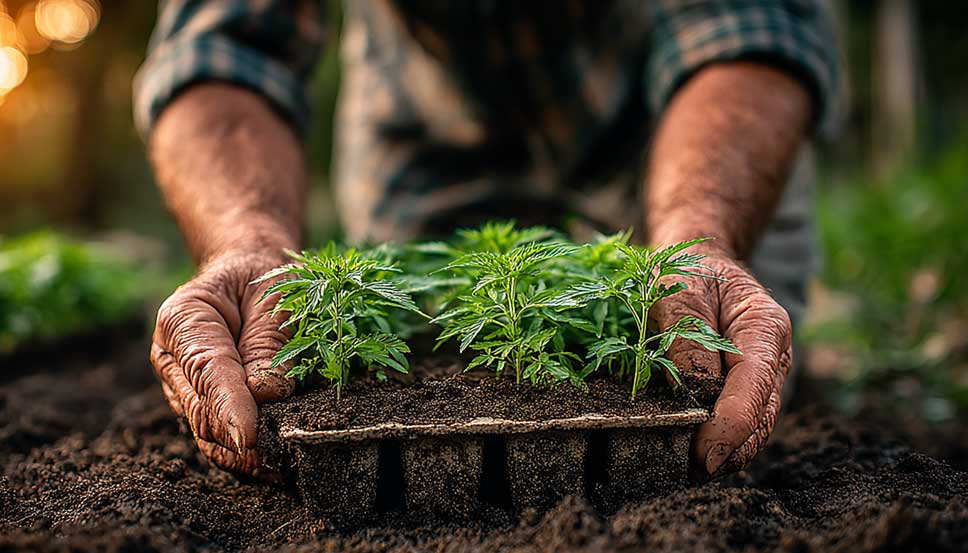
Unlock the secrets of the cannabis grow season, knowing exactly when to transplant your seedlings outdoors and how to harness natural light cycles. Strategic timing and strain selection ensure healthier plants and maximized yields.

You’re smoking is a sativa, indica, or hybrid. Not that I wouldn’t have found it interesting, but all I knew was toking on a joint made me feel some type of way. Usually a pretty awesome positive kind of way.
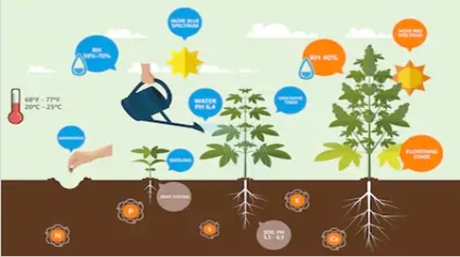
Growing cannabis doesn’t have to be a daunting and scary task to start. You don’t have to begin with a mega-big grow room, nor do you need to spend big bucks just to get started. Many beginners simply want to try out their green thumb with one plant to see if they’re any good at it.